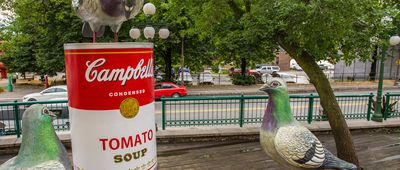Risky Meals
Supermarkets spare us from having to forage for our meals in the wild, but most still carry foods that can cause serious illness — or even death — when improperly prepared. From common staples to rare delicacies from around the world, many foods can pose a risk if not handled properly. Here are 37 items to consume cautiously.














































